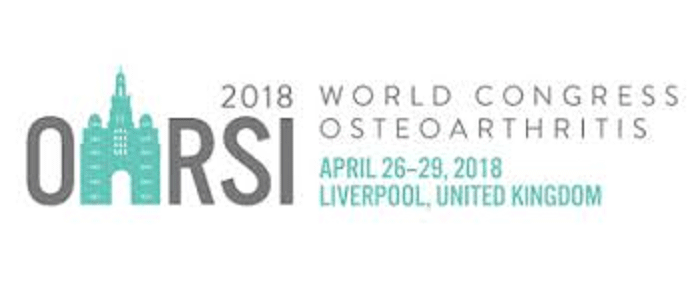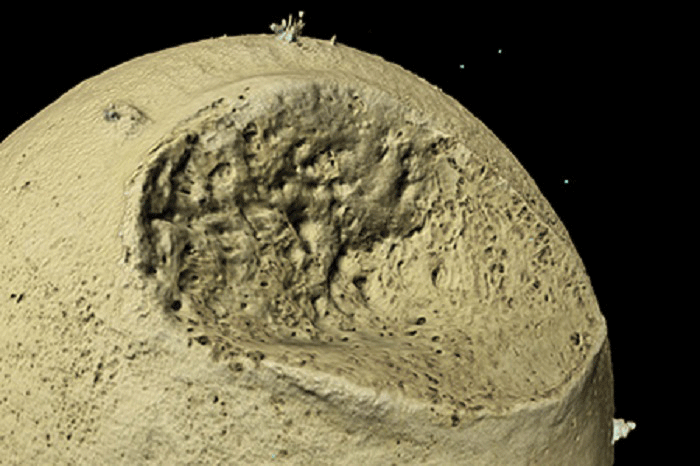Osteoarthritis is a very common joint disease. When cartilage and underlying bone in the joints break down, sufferers can feel pain, stiffness, numbness and swellings. Fingers and thumbs are most often affected, as well as the neck, lower back, knees and hips. Worldwide, 237 million people have osteoarthritis – 3.3% of the global population.
Most osteoarthritis is ‘primary osteoarthritis’. In this case, there is no known underlying condition responsible for the damage. However, scientists have also discovered ‘secondary arthritis’, which has a specific cause. One of these causes is alkaptonuria (AKU). In AKU, a rare genetic mutation causes a toxic acid, homogentisic acid, to build up in the blood. This damages cartilage in joints, leading to osteoarthritis.
AKU is worth researching in its own right. However, scientists have become interested in the links between AKU and osteoarthritis. AKU-related osteoarthritis is early onset, fast-progressing, and multi-joint. But it shares many features with other kinds of osteoarthritis. By researching AKU, we can find out more about osteoarthritis more generally – some aspects of the disease are easier to spot in patients with AKU.
On April 26th, the AKU Society sponsored a pre-congress workshop as part of the Osteoarthritis Research Society International World Congress on Osteoarthritis 2018. This brought together researchers from all over the world to the Arena and Convention Centre in Liverpool. The conference lasted four days, involving thousands of people from academia and industry.

Our workshop was called ‘Lessons from Rare Diseases in Bones and Cartilage’. Three out of the six presentations were about AKU. Juliette Hughes, a PhD student at the University of Liverpool, talked about her new AKU mouse model. The model allows for tissue-specific deletion of the HGD gene, responsible for AKU. This helps us understand where (and how much) gene therapy will be needed, if or when a gene therapy for AKU is ever developed.
Professor Ranganath, of the Royal Liverpool University Hospital and the University of Liverpool, also spoke. He is chief investigator for the DevelopAKUre international clinical trials into nitisinone, a drug that could treat AKU. The trials will finish in January 2019, and we hope that they will be successful.
Finally, Neil Thomas, also a PhD student at the University of Liverpool, talked about his research into the ‘biomarkers’ (biological signs of the disease) of osteoarthritis. A few years ago, scientists made headlines by discovering a new mechanism of cartilage destruction in osteoarthritis. Looking at the hips of AKU patients, the researchers found ‘high density mineralised protrusions’ (HDMPs). The body makes these to fill in cracks in damaged cartilage, but they can snap off and cause more damage. Neil showed the audience pictures of HDMPs, created using the latest imaging techniques.

We’re proud to have supported this opportunity for scientists to share their research. We have always believed that rare diseases are fundamental. Research into AKU can provide insights into a disease which affects millions.
